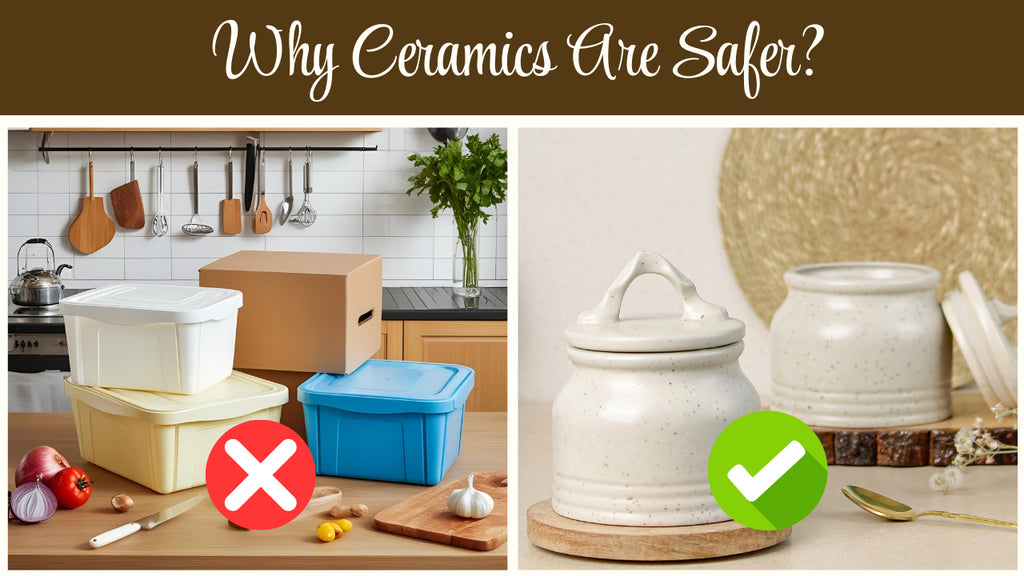The Hidden Health Risks of Plastic Tableware (And Why Ceramics Are Safer)
Posted by MARKETING TES

Using Ceramic Lifestyle Products: Are They Safer?
Yes, high-quality ceramic products — like dinnerware, tableware, and drinkware — are generally considered safe and non-toxic when made according to safety standards. And compared to some plastic or low-grade metal alternatives, they may help reduce exposure to harmful chemicals that have been linked to health issues, including cancer.
Why Ceramics Can Be a Healthier Choice:
-
Non-Toxic & Inert Material
Properly glazed ceramics don’t leach harmful substances into food, unlike plastics that may contain BPA, phthalates, or melamine resins (especially when heated). -
Lead-Free & Food-Safe Glazes
Reputable brands use lead-free glazes, ensuring there's no heavy metal contamination — an important factor, since lead and cadmium exposure has been linked to serious health risks, including cancer. -
No Microplastic Shedding
Unlike some plastic containers or coatings, ceramic doesn’t break down into microplastics, which are increasingly under study for their potential long-term health effects. -
Heat Resistant
Ceramics don’t release toxins when heated, unlike some plastics or non-stick coatings which may degrade at high temperatures.
What to Watch Out For:
Not all ceramic products are automatically safe. Cheap or imported ceramics (especially unregulated ones) may contain lead-based glazes or other contaminants. Always look for:
-
Food-safe certification
-
Lead-free labels
-
Trusted brands or handmade pottery with transparent ingredient sourcing
So… Does It Prevent Cancer?
Using ceramic ware alone doesn’t directly prevent cancer — but it can reduce your exposure to potential carcinogens found in some plastics or poor-quality metal containers. It’s a safer, more sustainable lifestyle choice, especially when combined with healthy cooking habits and natural foods.


